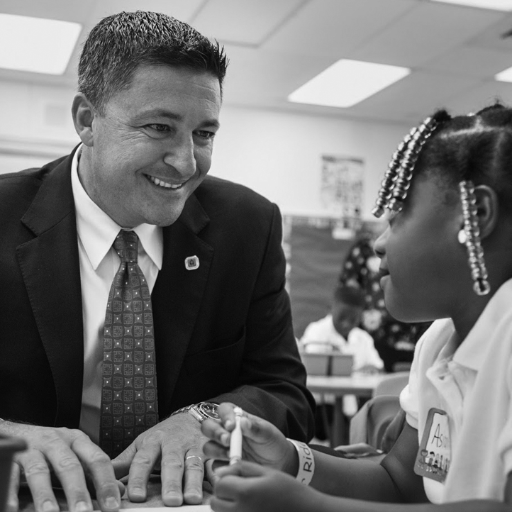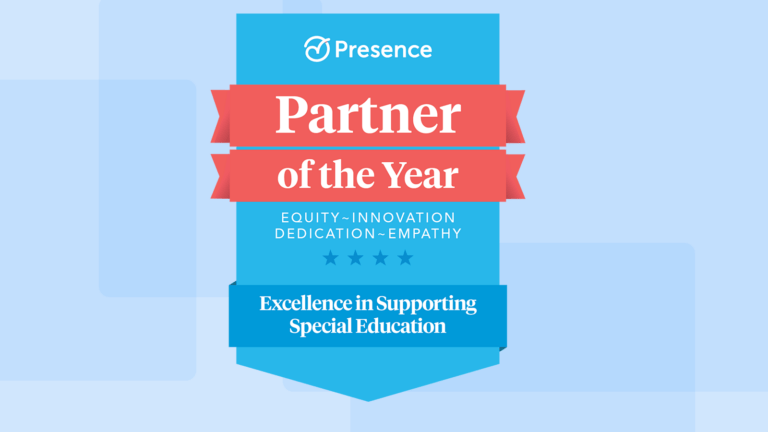
Let’s face it: Educators are exhausted. Parents are exhausted. Parents who are also educators are particularly exhausted. Students are feeling it too. Extending the school year may not be for everyone right now. And parents are not required to send their children to extended school year or summer learning programs, even if the school proposes it.
But there are reasons why it matters in summer 2021 in particular—and it goes back to a point I have often made. Let’s try to start fall 2021 as caught up as we can be at school. Do everything we can to get evaluations and reevaluations done. Address any backlogs in Child Find and any other backlogs of services that have not been provided. Work to avoid costly litigation. Trust me, this approach will pay dividends, especially during 2021–2022. A way to do this is to build an Extended School Year (ESY) program that will help encourage students to join in—and engage them too.
Why Extended School Year?
There’s a lot of funding out there for schools. It’s time get creative and really make the most of the summer of 2021.
For students with special needs who have unfinished learning from the past year, providing an “Extended School Year” (ESY) this summer may be particularly important. There’s a way to do it well—and there’s currently a good deal of cash to do it. As part of the federal relief package signed into law in March, more than a billion of the $122 billion for public schools is allocated toward summer and extended-learning programs.
ESY is not designed to serve every student. It is part of providing special education and related services to a student with special needs beyond the regular school year, in line with the student’s Individual Education Program (IEP) and in support of the Individuals with Disabilities Education Act (IDEA). The need for ESY services must be determined annually and on an individual basis by the IEP team; students must meet certain requirements in order to qualify for ESY.
Many students with special needs have suffered regression this year and there is almost a need to start all over again. If there is a student, for example, who has autism and is non-verbal, the child would normally have received a lot of support during a regular school year. But, during 2020-2021, many of these students went from receiving a lot of services to receiving less.
It will be interesting to see if more students this year qualify for ESY than normally do, given the interruptions due to COVID-19. In my opinion, there will most certainly be an uptick (and I am hearing that from others too). No matter how many kids we are talking about, it is critical that the right services are available to each and every one, in order to fulfill upon a Free and Public Education (FAPE) through ESY. It is also important to make sure services are well-planned and compelling so that we can encourage as many students as possible to participate.
Seven Ways to Encourage Attendance
If you’re reading this and you’re an educator, you likely know all of the above already. You also likely have had my experience: Summer learning programs can have pretty low turnout. If you can maximize funding and build some enticing opportunities into the make-up work, you’ll have a better shot that the kids will come. Here are seven strategies:
1. Partner with Parents
Have a parent communication plan and ask parents what they may need in order for ESY to work for their child. Is there a community partnership that can help ensure the child’s attendance? If the parent refuses ESY, even after all your efforts, the school must document this and explain why they think it will negatively impact the child—and you should share that information with the parent, too.
2. Teletherapy
Teletherapy has been a true lifesaver this year. Amid a lot of shifting around, a teletherapy experience on a high-quality platform has often been one stable, dependable, and safe experience for students and school teams alike. As a result, many people have become more comfortable with teletherapy. So depending on the complexity of a student’s disability, it may well work in your favor this summer to provide teletherapy services and open up engaging and accessible opportunities for students. It can easily fit into other summer plans a family has, while helping the child make good progress toward their goals.
3. Whole Child
We are clearly seeing the case for addressing the “whole child.” Let’s not just think about ESY for academic reasons and skill regression, but let’s think of it too for helping to address the social aspects of IEP goals that were not well met during the past year.
4. Enrichment
Building upon the whole child approach, I recommend that school districts also look at the summer holistically and think about what resources can be shared between summer school and ESY to leverage investments that could serve both well. For instance, perhaps your school can use some of the additional funding to bring in special authors and outdoor experiences this summer that can engage your special education students and summer learning students as well.
5. Transportation
This will be key for ensuring ESY can work for a lot of families. Be a part of the solution and plan ahead for this issue. Oftentimes a school might get caught last minute with transportation needs fulfilled, as the school hasn’t planned in advance for the location of the program and the work of getting the child physically to the program amid a family’s summer schedules. I suggest having bus rides readily available and, if long bus rides seem too arduous during summer months, again look at implementing remote services as you can. Rural districts, in particular, need to think about this early.
6. State Resources
As you try to make sense of federal funding (it is complex this year, there is no denying that) and your own school’s programming, remember that each state Department of Education has resources on its website that can be really useful. Sometimes we educators forget to look at our own state’s guidance, but the department’s website can often provide exactly the information we need to map out meaningful summer learning experiences and make informed decisions.
7. Beyond the Building
Remember that ESY doesn’t always have to take place within the school building. We are going to see a lot more learning ahead that combines learning inside and outside of school. This summer, programming for some of the social elements, in particular, can take place in a community center like a Boys and Girls Club. If the IEP team and parents agree that some of these outside opportunities work well and support IEP goals, go ahead and include them. It will make the summer more exciting for the student and will bring the community into the solution too.
Read related coverage in the series with Dr. Avossa:
Learn More
The pandemic has necessitated a rethinking of how we “do school.” If your school district is planning for Extended School Year and sees teletherapy and/or a teletherapy platform as part of the solution within a remote or hybrid model, schedule a free consultation today. Learn how thousands of school districts are diversifying their delivery of services as part of an innovative approach to learning.

About the Author
Dr. Robert Avossa serves as a senior advisor to PresenceLearning. Following a long career in public education, Dr. Avossa founded K-12 Leadership Matters, LLC. He was formerly school superintendent of Palm Beach County, a district with student enrollment of approximately 200,000 students. Avossa had previously served as superintendent of Fulton County and has also served as a principal and teacher. He is a contributing writer for PresenceLearning.



